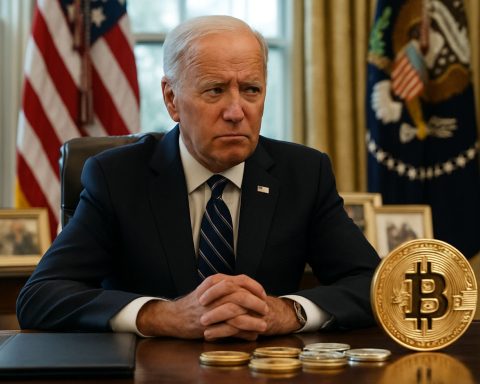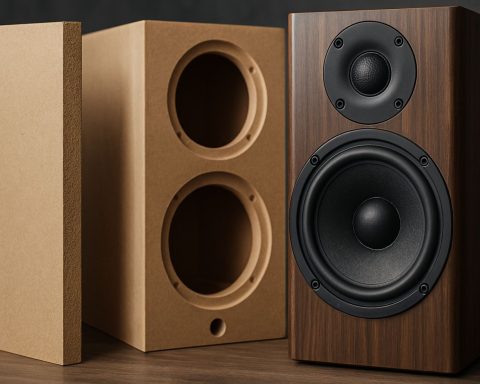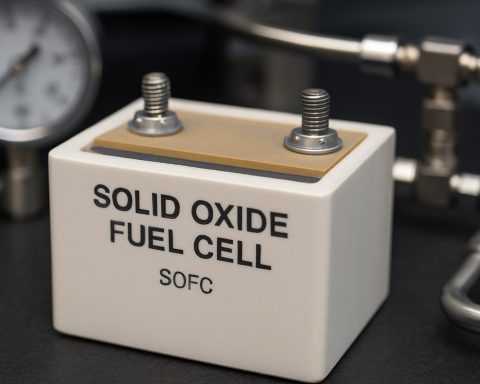- A massive asteroid, known as a “city-killer,” is approaching Earth with the potential to cause widespread destruction.
- This event highlights the vulnerability of our planet and the urgency of advancing space defense technologies.
- Asteroids are typically harmless as they orbit the sun, but occasionally one deviates toward Earth, posing significant risks.
- Efforts to deflect such asteroids are currently just theoretical and pose significant technical challenges.
- Global cooperation and swift action are essential to develop effective methods of protecting Earth from these threats.
- The situation underscores the need for urgency in addressing cosmic threats to safeguard modern civilization.
A celestial giant, intimidatingly dubbed a “city-killer,” races toward Earth, evoking images of fiery skies and chaotic landscapes. Scientists, scanning the vastness of the cosmos, warn us that this massive asteroid has the potential to become a harbinger of destruction if it were to collide with our planet. As the asteroid advances, we find ourselves on the edge of uncertainty, pondering humankind’s capacity to forestall cosmic calamity.
Asteroids, remnants from the birth of our solar system, typically roam undisturbed in their orbital ballet. Yet occasionally, one breaks ranks, hurtling toward Earth with alarming speed. The current threat challenges our technological prowess and underscores the fragility of our existence on this blue orb.
Though attempts to divert such rogue asteroids have been theorized, practical solutions remain elusive and time-consuming, perhaps too late for this particular threat. The enormity of the task at hand is like trying to shift a skyscraper with a mere nudge — a monumental endeavor fraught with complex physics and the stubbornness of sheer mass.
With the clock ticking, experts urge global cooperation and swift advancement in space defense systems. This menace offers a stark reminder of nature’s indifference to human concerns; our species must muster both ingenuity and urgency in response. The survival of cities, the cornerstones of modern civilization, may hinge upon the decisions made in the next few days.
The looming approach of the “city-killer” asteroid forces us to contemplate our readiness in the face of such threats. The key takeaway: the time for action is now, with our collective focus anchored on securing the future of our fragile world against the horizon’s daunting adversaries.
The Clock is Ticking: Will Earth Avoid a ‘City-Killer’ Asteroid Disaster?
Expanding on the Article
The source article outlines the dramatic approach of a gigantic asteroid, termed a “city-killer,” that is racing toward Earth. Let’s explore additional pertinent information:
1. Asteroid Detection and Tracking:
– NASA and other international space agencies employ programs like the Near-Earth Object Observations (NEOO) Program to detect and monitor potentially hazardous asteroids. This program aims to catalog objects that could pose a threat to Earth and assess their trajectories.
2. Historical Context:
– Earth has experienced significant asteroid impacts in the past, the most famous being the Chicxulub impact, which played a crucial role in the extinction of the dinosaurs around 66 million years ago. Understanding historical impacts helps scientists predict potential future events.
3. Current Technological Solutions:
– Potential asteroid deflection strategies include kinetic impactors, which target and alter an asteroid’s trajectory, and gravitational tractors, which use a spacecraft’s gravitational pull to adjust an asteroid’s path slowly. Although still in the experimental phase, missions like NASA’s Double Asteroid Redirection Test (DART) aim to validate these methods.
4. Global Cooperation and Policies:
– Space agencies worldwide are collaborating to develop united defense strategies against threats like potentially hazardous asteroids. The role of the United Nations Office for Outer Space Affairs in facilitating international coordination for planetary defense is crucial.
5. Public Outreach and Education:
– Educating the public on space threats and planetary defense enhances awareness and understanding, leading to better preparedness and support for technological advancements.
Key Questions and Answers
Q: How frequently do “city-killer” sized asteroids approach Earth?
A: Asteroids capable of causing widespread devastation are statistically estimated to collide with Earth once every few thousand years. Continuous advancements in detection help mitigate risks.
Q: What is being done to prevent potential asteroid impacts today?
A: Initiatives like NASA’s DART and ESA’s Hera mission test technologies for redirecting potentially hazardous asteroids. These missions are foundational steps in developing reliable planetary defense methods.
Q: Can current technology divert a large asteroid on a collision course with Earth?
A: While current technology is not yet proven for large-scale asteroid deflection, ongoing research aims to enhance these capabilities, and test missions like DART are promising steps forward.
Suggested Related Links
For more information, consider visiting these domains:
– NASA
– ESA (European Space Agency)
– United Nations Office for Outer Space Affairs
The looming threat of the “city-killer” asteroid compels global attention and action. As our planet faces potential celestial challenges, the responsibility to protect it falls upon the collective forces of human innovation and collaboration. The time for preemptive measures is undeniably present, and enhancing our space defense systems remains a crucial endeavor.











